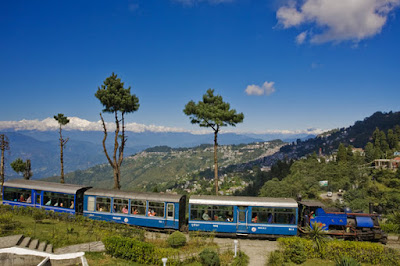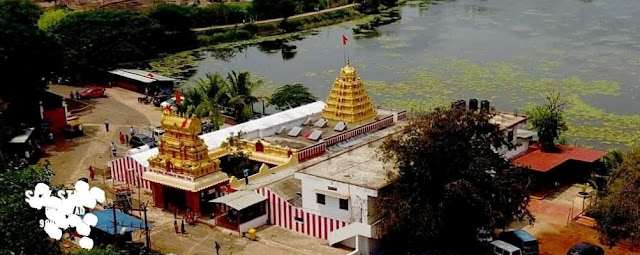 Navroz or Nowruz is Persian New Year that marks the beginning of spring in the Northern Hemisphere. It is the day of the Vernal Equinox (March 21) when day and night are of approximately equal duration. Although Nowruz has Zoroastrian origins, it has been celebrated by people from diverse ethno-linguistic communities in West Asia, India, Central Asia and the Caucasus regions.
Navroz or Nowruz is Persian New Year that marks the beginning of spring in the Northern Hemisphere. It is the day of the Vernal Equinox (March 21) when day and night are of approximately equal duration. Although Nowruz has Zoroastrian origins, it has been celebrated by people from diverse ethno-linguistic communities in West Asia, India, Central Asia and the Caucasus regions.Nowruz is a compound Persian word meaning New Day. It means a new day has begun, signalling the beginning of a new year. Despite its popularity around the world, there is disagreement about the correct spelling of the word. It is written differently as Nowruz, Newroz or Navroz, as it is popularly known in India.
For a period of two weeks following Navroz - there are a variety of rituals, ceremonies and other cultural events. The festivities are said to start the New Year in fun with peace and harmony. Iran declares a fortnight long vacation for schools and colleges on the occasion of Navroz.
The origin of Navroz celebrations have been mentioned in various historical accounts. According to one historic account, when Jamshed became the king of Iran, he called the day Navroz. Since then the day has been celebrated as a new year. It is also sometimes called Jamshedi Navroz.
 To welcome Navroz, homes are thoroughly cleaned and all broken items are repaired or replaced. An important tradition practiced during the occasion is the gathering around ‘the Table’ . This table is decorated in the households with seven items that begin with the Persian letter sin or "S". The decoration is called Haft Seen and consists of the following items: Sabzeh (wheat sprouts) that represent rebirth; Seeb (apple) that represents health and beauty; Seer (garlic) that represents medicine; Serkeh (vinegar) that represents age and patience; Senjed (Dried fruit) symbolises love; Samanu (sweet pudding) that represents fertility; Sumaq or sumac (berries) that represents prosperity and colour of sunrise. Some households also place a live goldfish and decorated eggs on the table.
To welcome Navroz, homes are thoroughly cleaned and all broken items are repaired or replaced. An important tradition practiced during the occasion is the gathering around ‘the Table’ . This table is decorated in the households with seven items that begin with the Persian letter sin or "S". The decoration is called Haft Seen and consists of the following items: Sabzeh (wheat sprouts) that represent rebirth; Seeb (apple) that represents health and beauty; Seer (garlic) that represents medicine; Serkeh (vinegar) that represents age and patience; Senjed (Dried fruit) symbolises love; Samanu (sweet pudding) that represents fertility; Sumaq or sumac (berries) that represents prosperity and colour of sunrise. Some households also place a live goldfish and decorated eggs on the table.In India, the Parsi community, predominant in Mumbai and Gujarat who follow Zoroastrianism, celebrate Navroz with full fervor. Parsis visit to the Fire Temple where special prayers are offered. They also prepare festive delicacies and friends and families get together to celebrate the day.
Mandesa31/ 210318 / Del
Following 10 minute Press TV Documentary shows how the festival of Nowruz is celebrated in Iran.
Click on 'Read More' to watch the video.


Comments
Post a Comment